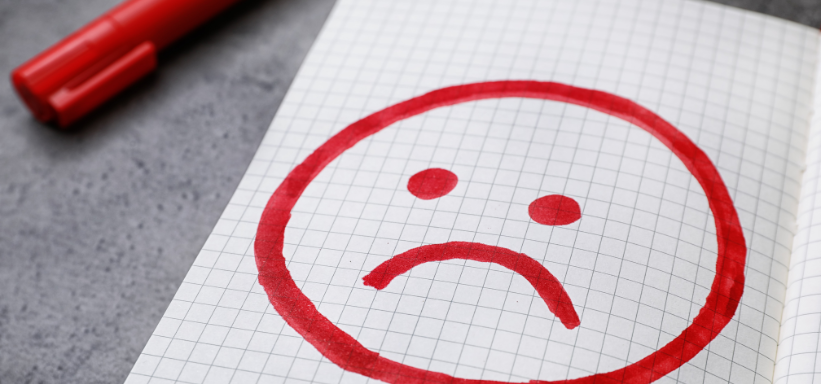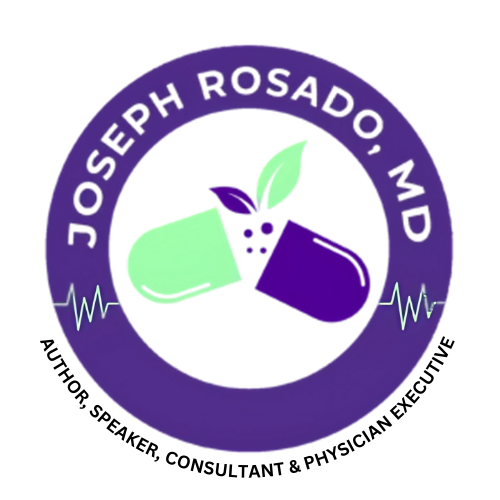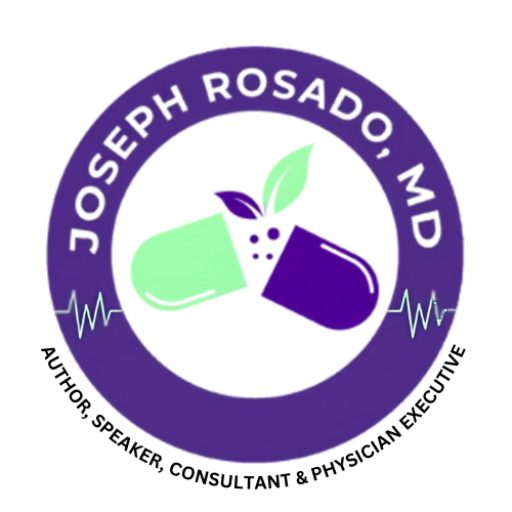When Depression Hides Behind a Smile

Not all depression looks like sadness on the outside.
High-functioning depression is a silent kind of struggle—one where someone may appear productive, socially engaged, or even successful… while privately battling exhaustion, numbness, or hopelessness every day.
It’s often dismissed or overlooked because the person seems “fine.” But behind the scenes, high-functioning depression can take a serious toll on mental, emotional, and physical health.
What Is High-Functioning Depression?
Most ketamine clinics recommend an initial treatment phase consisting of:
- 6 IV infusions (or oral/nasal doses)
- Administered over 2 to 3 weeks
This short series is designed to:
- Stabilize mood
- Interrupt negative thought patterns
- Build a strong foundation for long-term healing
Patients typically report noticeable mood improvement after the first 1–3 sessions—with full benefits developing over the full course.
Common Symptoms of High-Functioning Depression

While the signs can vary from person to person, here are key red flags to watch for:
- Feeling “blah” or emotionally numb
- Persistent self-criticism
- Guilt for not “feeling grateful” despite doing well
- Difficulty enjoying hobbies or downtime
- Low energy, despite adequate sleep
- Trouble concentrating or feeling mentally foggy
- Appetite changes
- Sleep disruptions (too much or too little)
- Overworking or overcommitting to distract from emotional pain
- Masking with humor or perfectionism
- Withdrawing emotionally while remaining socially present
Avoiding deep conversations about feelings
Why It’s So Often Missed

High-functioning depression is harder to spot—both for loved ones and medical professionals—because outward appearances don’t match the internal experience.
Someone may be:
- Performing well at work but crying in the car
- Laughing at social events but feeling numb inside
- Taking care of others but neglecting their own needs
This mismatch can lead to guilt, shame, or the belief that “it’s not bad enough to ask for help”—which delays treatment and deepens isolation.
Challenges Unique to High-Functioning Depression
Living with high-functioning depression often means:
- Feeling unseen or misunderstood because your struggle doesn’t “look like” depression
- Internalizing pressure to stay productive, polished, and put-together
- Avoiding help out of fear it’s “not serious enough” or that you’re just being dramatic
- Burning out from constantly pushing through fatigue or emotional heaviness
Many people become excellent at managing, not healing. But functioning doesn’t equal thriving.
Pathways to Healing and Recovery


Recovery begins when you acknowledge your experience is valid—even if no one else sees it.
A therapist or psychiatrist can help you unpack chronic patterns, assess for PDD or related conditions, and design a care plan that works with your lifestyle.
Healing may require shifting how you measure success. Rest, boundaries, and saying “no” are not failures—they’re necessary forms of self-respect.
- Regular movement (even gentle walks)
- Structured sleep routines
- Mindfulness or journaling practices
- Connection with people who truly see and support you
For some, therapy alone isn’t enough. Antidepressants or newer treatments—like ketamine therapy—can offer relief for long-standing depressive patterns, especially when traditional meds fall short.
You Don’t Have to Earn Help by Falling Apart
Many people with high-functioning depression wait until they can’t function anymore before reaching out.
But the truth is—you deserve care now.
You don’t have to be in crisis to be struggling. And you don’t have to keep pushing through in silence just because things “look fine.”
Frequently Asked Questions (FAQs)

Yes. Functioning doesn’t mean you’re emotionally okay. Many people with high-functioning depression keep up appearances while feeling emotionally drained.
No. With proper treatment, support, and emotional tools, symptoms can ease and full recovery is possible.
Cognitive Behavioral Therapy (CBT), Acceptance & Commitment Therapy (ACT), and trauma-informed approaches can be very effective.
Yes. Chronic stress and low mood can contribute to fatigue, headaches, poor immunity, and digestive issues.
Try starting with, “Even though I seem fine on the outside, I’ve been struggling internally. I need support, not solutions.”
Yes. Antidepressants can be helpful for managing persistent low mood, especially when combined with therapy. In some cases, newer treatments like ketamine therapy may also be considered.
Burnout is often situational and work-related, while high-functioning depression is a longer-term mood disorder that affects multiple areas of life—even outside of work. The two can overlap, but they aren’t the same.
Not at all. You don’t have to wait for a crisis. If you’re feeling emotionally exhausted, disconnected, or chronically unmotivated, support is available now—no matter how functional you appear.
Final Thoughts: You Don’t Have to Do This Alone
Living with high-functioning depression can feel isolating—but you’re not alone, and your pain is not invisible. Just because you’re managing on the outside doesn’t mean you’re okay on the inside.
If you’ve been holding everything together for others while quietly unraveling, it’s time to shift some of that care back to yourself.
Acknowledging your struggle is not weakness—it’s strength.
Asking for support isn’t a last resort—it’s a step toward real healing.
You’re not broken. You’re doing your best. And help is closer than you think.





